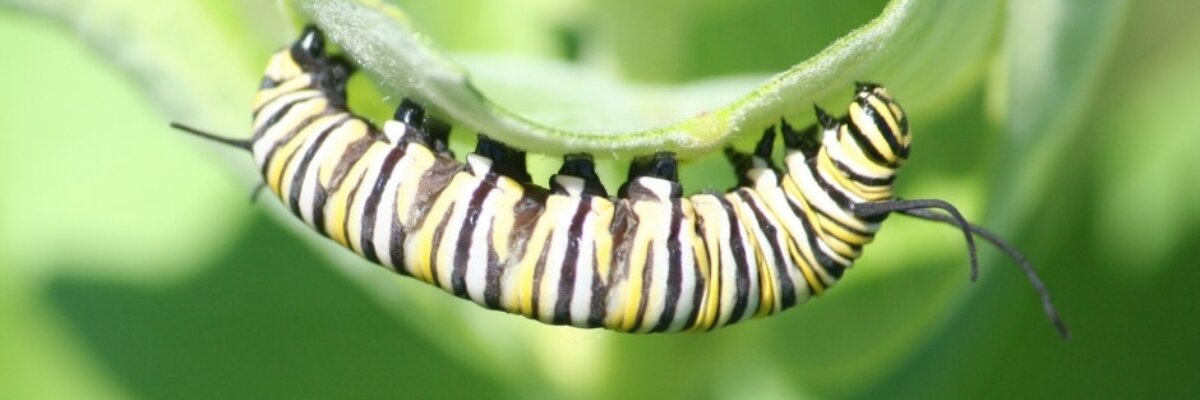
How can I tell if a butterfly has O.E.?
Unless your vision compares to a microscope, you can't tell with the naked eye whether or not a monarch is infected with O.E. As a caterpillar, the parasite is located within the gut and would be impossible to detect without killing the larvae to obtain a sample of the gut contents. On adult butterflies, O.E. spores are dormant and reside on the outside of the body, usually the butterfly's abdomen. You can't see these dormant spores without observing a sample of the butterflies abdominal scales through a microscope. Learn more about obtaining scale/parasite samples from an adult butterfly by visiting Project Monarch Health, www.monarchparasites.org. Observing these samples through a microscope is the most definitive way of diagnosing O.E., but there are some other symptoms associated with infection by this parasite that we often look for. Heavily infected adults can have trouble emerging from their chrysalis and may fall and thus, can be highly deformed as adults. With heavy infections, you can also see spores under the chrysalis skin before the butterfly has emerged - they appear as small black dots. These symptoms often suggest an O.E. infection, but not always. It is also important to note that not all butterflies that have an O.E. infection will show these symptoms. Some appear to be perfectly healthy to the naked eye, but are still infected with (and possibly spreading) the parasite to their offspring.
